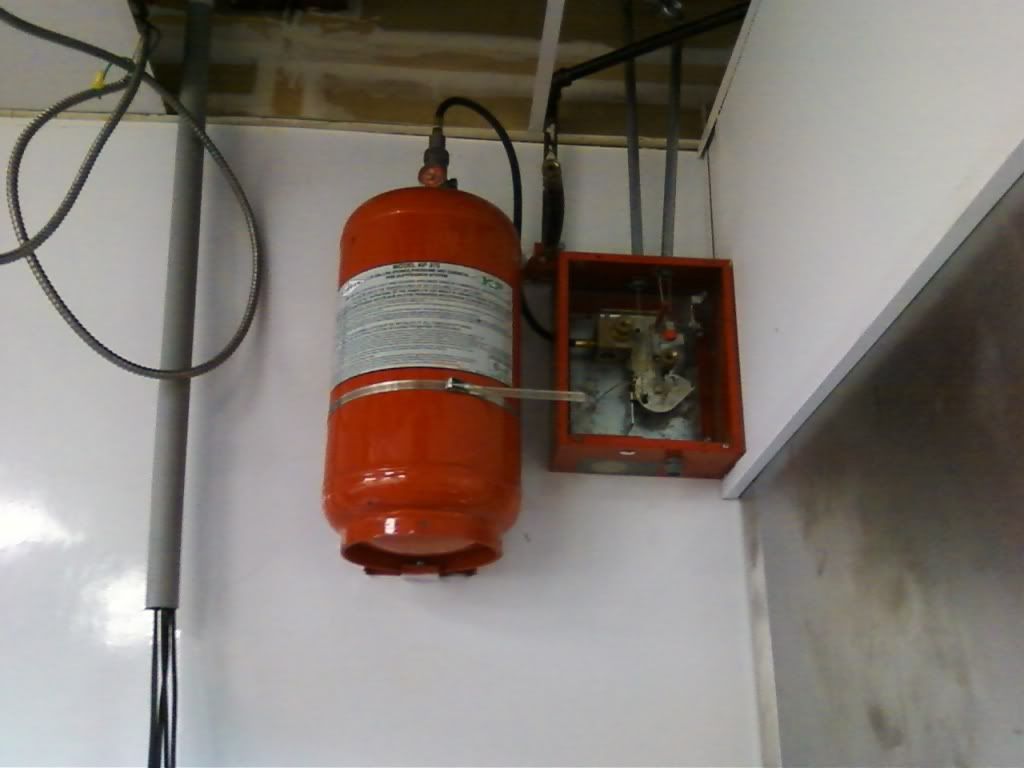- Location
- Tennessee NEC:2017
- Occupation
- Semi-Retired Electrician
I'm going to do a site check to see actually see what they have. It's hard for me to know for sure just by a description over the phone.
But from what I was told, it's going to be a little more difficult wiring this since the equipment has already been direct wired, not taking the Ansul system into account when the equipment was wired. Also from their description, they only have an electric 3? piece of equipment under the hood, not gas. Also, a makeup air fan and exhaust.
So just guessing from the description, I think the way I will do it is use one micro switch to control the fans. Maybe like this:
hot to N/O contact on the micro switch
hot to supply side of fan switch (hoping 1 switch for exh, and make up)
from load side of switch to common of micro switch and exh. fan
from N/C contact on micro switch to make up fan
Then a second micro switch for the 3-pole contactor.
Like this:
hot to common on 2nd micro switch
N/C contact on micro switch to coil on contactor
Like I said, the difficult part will be redirecting the wiring since its already wired.
I suppose I need to set a junction/pull box. Then mount the 3-pole contactor and run a conduit to the control head for the wiring at the micro switches. Then redirect the wiring from the equipment into/out of the junction box.
Does this sound right or the best way to do this, providing the facts given me are correct?
But from what I was told, it's going to be a little more difficult wiring this since the equipment has already been direct wired, not taking the Ansul system into account when the equipment was wired. Also from their description, they only have an electric 3? piece of equipment under the hood, not gas. Also, a makeup air fan and exhaust.
So just guessing from the description, I think the way I will do it is use one micro switch to control the fans. Maybe like this:
hot to N/O contact on the micro switch
hot to supply side of fan switch (hoping 1 switch for exh, and make up)
from load side of switch to common of micro switch and exh. fan
from N/C contact on micro switch to make up fan
Then a second micro switch for the 3-pole contactor.
Like this:
hot to common on 2nd micro switch
N/C contact on micro switch to coil on contactor
Like I said, the difficult part will be redirecting the wiring since its already wired.
I suppose I need to set a junction/pull box. Then mount the 3-pole contactor and run a conduit to the control head for the wiring at the micro switches. Then redirect the wiring from the equipment into/out of the junction box.
Does this sound right or the best way to do this, providing the facts given me are correct?

